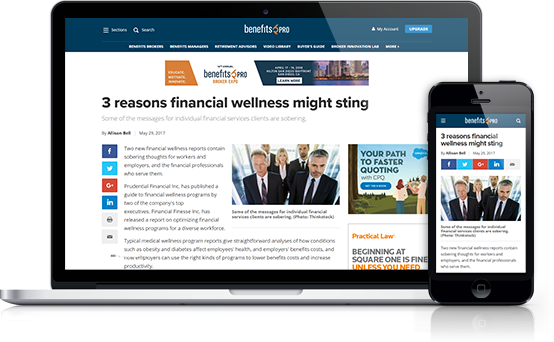Ten years ago, benefits self-funding—and the stop-loss coverage that typically accompanies it—was a world occupied mainly by large employers. Only those with more than 500 employees were typically willing take on the liability of providing employees with medical coverage, and only companies that size generally had cash flow adequate to the job.
Within the last year, however, the world of self-funded benefits and stop-loss insurance has begun to change. Propelled in part by health care reform legislation, smaller companies are self-insuring more often and buying more stop-loss coverage. The result is a bigger stop-loss insurance market—and more flexibility and customization for a wider variety of employers and their workers.
A stable business model in a changing world
In a self-funded insurance plan, an employer assumes the financial risk for providing employees with a health care benefit plan. Self-insured employers typically pay employee medical claims out of pocket from a trust fund the employer sets up for that purpose. Self-insured employers need substantial cash flow in order to make the benefit plan work.
Recommended For You
Complete your profile to continue reading and get FREE access to BenefitsPRO, part of your ALM digital membership.
Your access to unlimited BenefitsPRO content isn’t changing.
Once you are an ALM digital member, you’ll receive:
- Breaking benefits news and analysis, on-site and via our newsletters and custom alerts
- Educational webcasts, white papers, and ebooks from industry thought leaders
- Critical converage of the property casualty insurance and financial advisory markets on our other ALM sites, PropertyCasualty360 and ThinkAdvisor
Already have an account? Sign In Now
© 2025 ALM Global, LLC, All Rights Reserved. Request academic re-use from www.copyright.com. All other uses, submit a request to [email protected]. For more information visit Asset & Logo Licensing.








